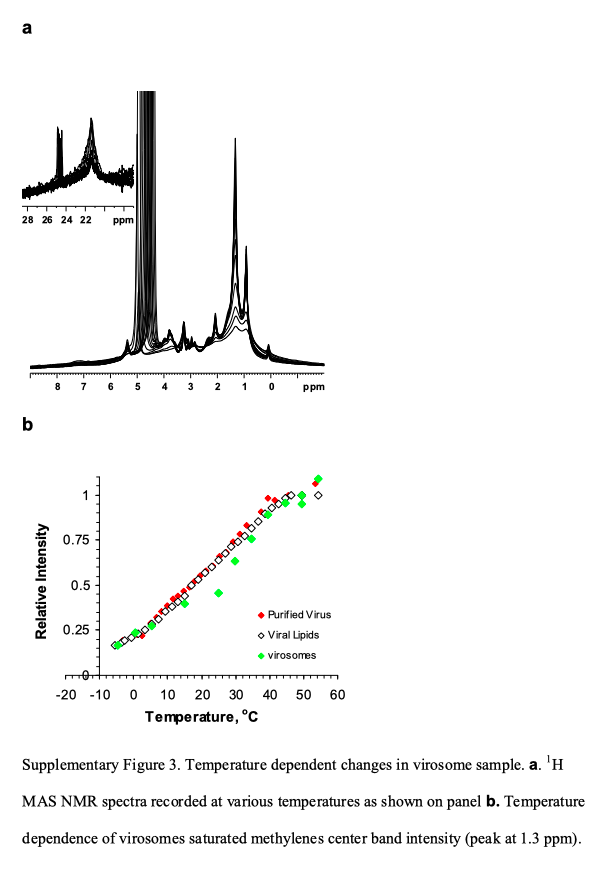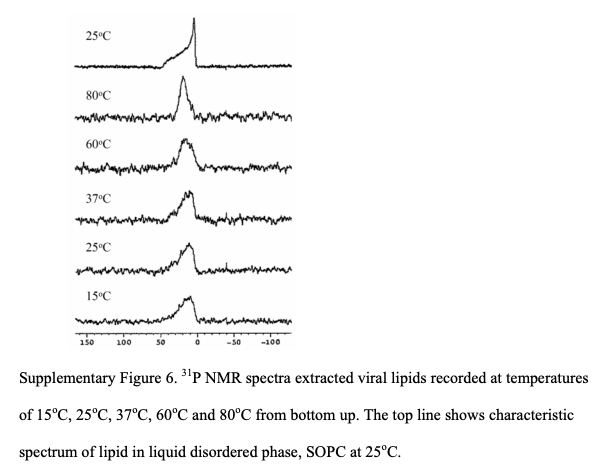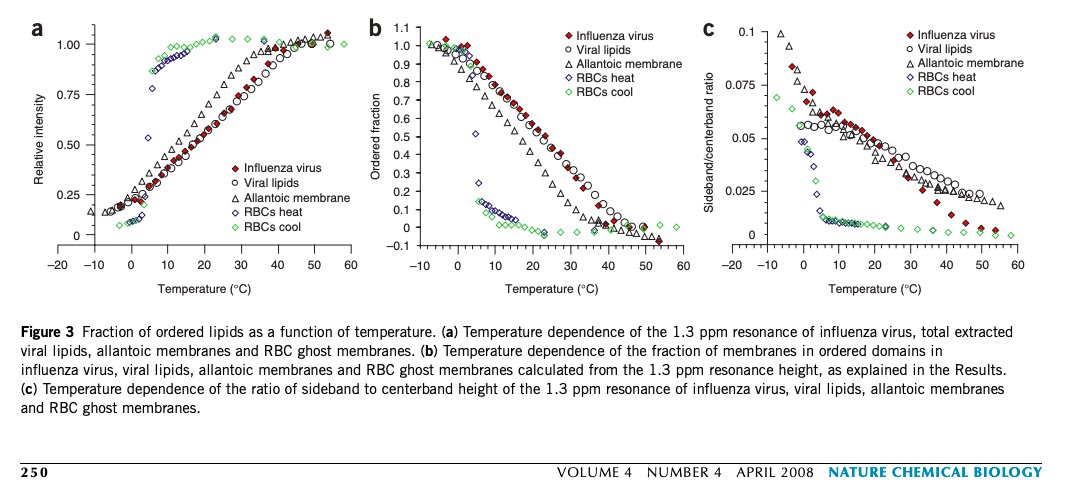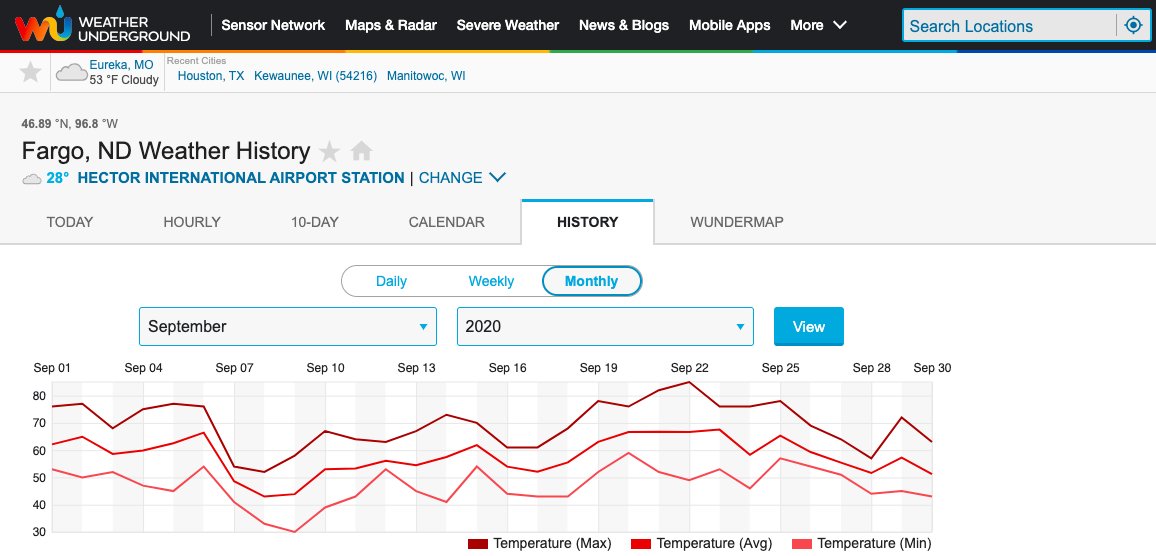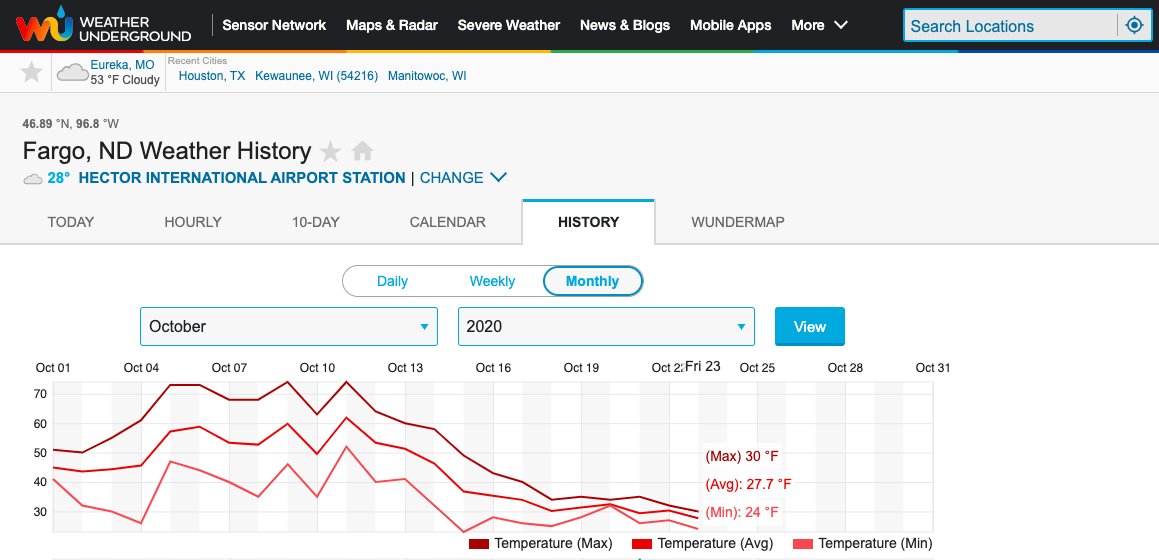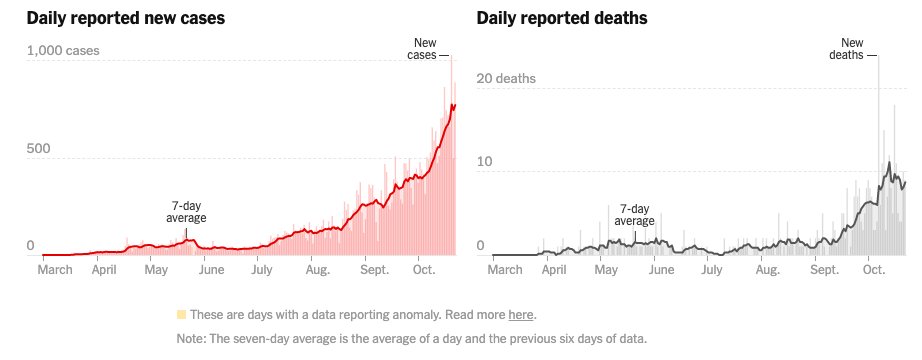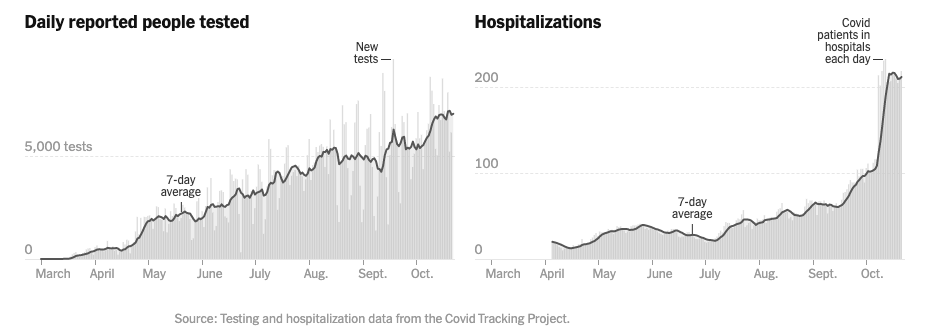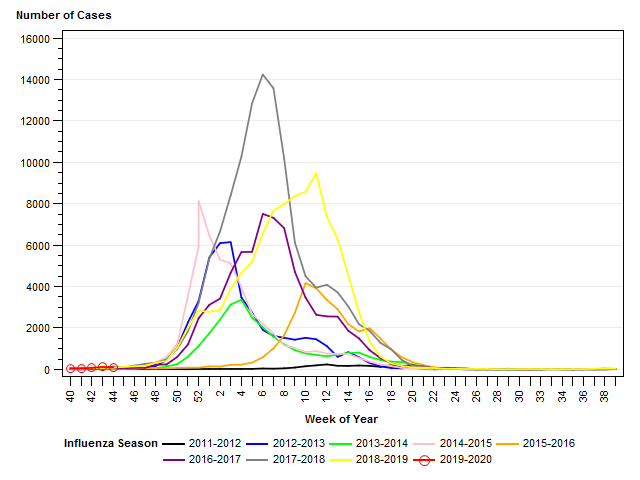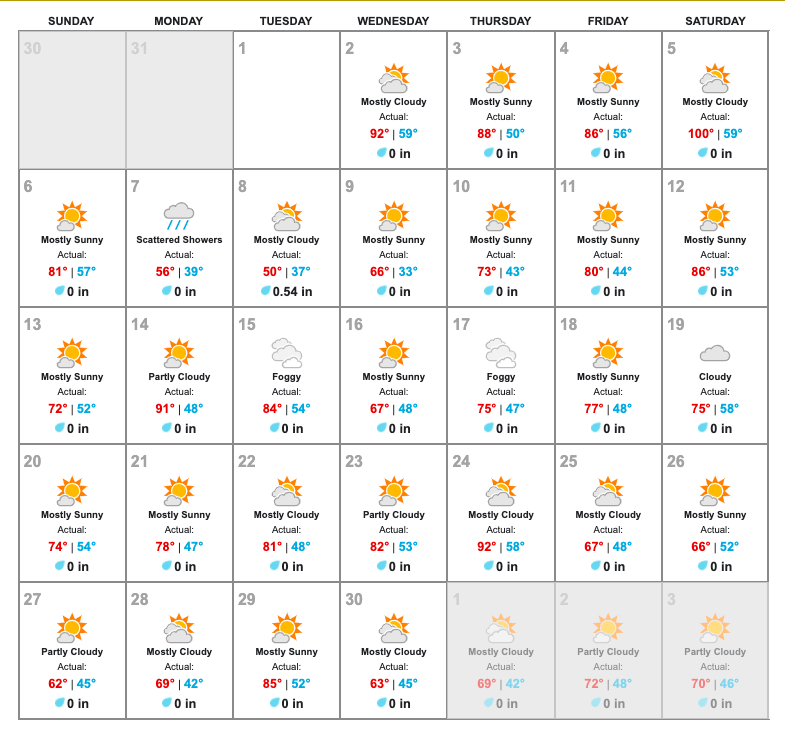(1) Cold, dry air irritates your nasal lining, and as a result, your nasal glands produce excess mucus to keep the lining moist. A runny nose and post nasal drip can occur.
Can this increase the risk of COVID-19 infection?
Can this increase the risk of COVID-19 infection?
(2) According to a 2008 NIH research project, the answer could lie with the improved stability of phospholipids that encapsulate virus capsids in the winter. https://www.nature.com/articles/nchembio.77">https://www.nature.com/articles/...
(3) From Guinea Pigs with influenza, to a soup v. gel consistency of mucus and sputum, the NIH research points to a change in the physical properties of aerosols and fomites.
https://www.sciencedaily.com/releases/2008/03/080330203401.htm">https://www.sciencedaily.com/releases/...
https://www.sciencedaily.com/releases/2008/03/080330203401.htm">https://www.sciencedaily.com/releases/...
(5) Another article, published by the same authors about a month later provides even better evidence of lipid gel forming between 0° C and 10° C (32° F and 50° F).
(6) So at temperatures at or below 10° C (50° F), an ordered phospholipid micelle may encapsulate viruses and make them much more stable both as aerosols, fomites and perhaps even when suspended in sewer water (phospholipid micelles tend to float).
(7) Daily High Temperatures in Fargo, ND dropped from the mid 70° F range in early September, to 50° F by mid October.
Daily Case Rates have been rising since Trump& #39;s 4th of July at Mount Rushmore, through the Sturgis Motorcycle Rally, and have taken off with the colder weather.
Daily Case Rates have been rising since Trump& #39;s 4th of July at Mount Rushmore, through the Sturgis Motorcycle Rally, and have taken off with the colder weather.

 Read on Twitter
Read on Twitter
